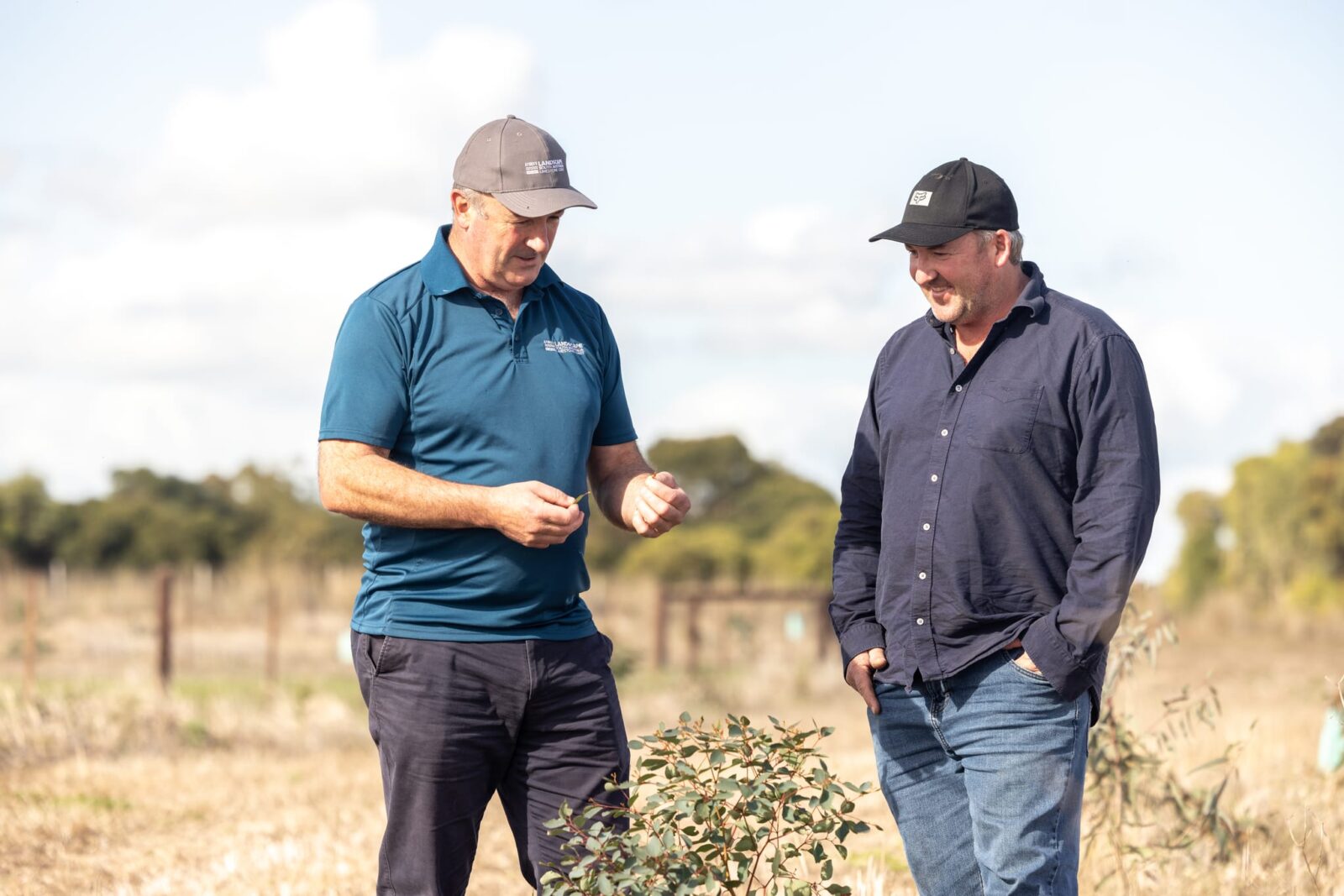Real time tracking of on-farm fatalities and injuries across Australia now available

 NATIONAL CHALLENGES AND OPPORTUNITIES / Tuesday, 7 November 2023
NATIONAL CHALLENGES AND OPPORTUNITIES / Tuesday, 7 November 2023 
A survey of primary producers in one of South Australia’s premier growing regions has revealed the barriers farmers are facing when contemplating carbon management and provided the inspiration for a series of easy-to-use and educational resources.
The Limestone Coast Landscape Board, which is focused on natural resource management in the fertile region in SA’s south, discovered many farmers are concerned about climate change and want to begin managing their carbon, but are unsure of where to start or who to trust for information.
Limestone Coast Landscape General Manager, Steve Bourne, said 70 per cent of the landholders surveyed thought that climate change would have a significant impact on primary production, but most (54%) were not actively managing their land to reduce emissions or increase carbon storage.
“When we talk about carbon farming many people think it is about growing trees and taking away land that was used for primary production but there are so many opportunities in increasing the carbon in soil and we have enormous capacity for that on the Limestone Coast,” Mr Bourne said.
“We can help to reduce greenhouse gas emissions and the spinoff is that increasing carbon in the soil boosts productivity.
“It’s a win-win. It improves soil health so you can grow bigger crops, fatter lambs and bigger cattle and that will really get people interested.”
Helping knowledge of carbon sink in
The Limestone Coast Landscape Board, with the help of funding by AgriFutures Australia, has developed a suite of resources to boost awareness of the benefits of carbon management and fill some of the knowledge gaps.
An interactive guide and toolkit has been launched to help landholders identify the options most relevant to their location and conditions, with fact sheets and a series of explainers and videos featuring primary producers in the region.
To establish a benchmark of soil carbon in the region, a soil analysis report was produced and published on the organisation’s website.
Mr Bourne said there is a growing interest in carbon management and a hunger for change.
“Landholders are becoming more and more aware of the need to look after their asset – the soil and the land,” he said.
“The new generation are information-hungry and attuned to environmental health, so we want to build capacity within our organisation to support them.”
Free soil carbon measurement
Limestone Coast Landscape Board has a soil extension officer providing local producers with basic soil testing to establish baseline data.
“A flow-on effect from this project is we are about to appoint a Manager for Sustainable Landscapes to build our technical knowledge in natural capital accounting and carbon so we can take our advice to the next level,” Mr Bourne said.
“We are also looking into funding long-term trials to support the information we are offering to help landholders adopt carbon management practices, address the impacts of climate change and boost the resilience of our entire agriculture industry.”
Click to download report here
Click to review all the Carbon Initiative Program research findings here
Media enquiries:
Matt Wordsworth
0404 029 241
 NATIONAL CHALLENGES AND OPPORTUNITIES / 07.11.23
NATIONAL CHALLENGES AND OPPORTUNITIES / 07.11.23  WORKFORCE AND LEADERSHIP / 07.11.23
WORKFORCE AND LEADERSHIP / 07.11.23  WORKFORCE AND LEADERSHIP / 07.11.23
WORKFORCE AND LEADERSHIP / 07.11.23  WORKFORCE AND LEADERSHIP / 07.11.23
WORKFORCE AND LEADERSHIP / 07.11.23